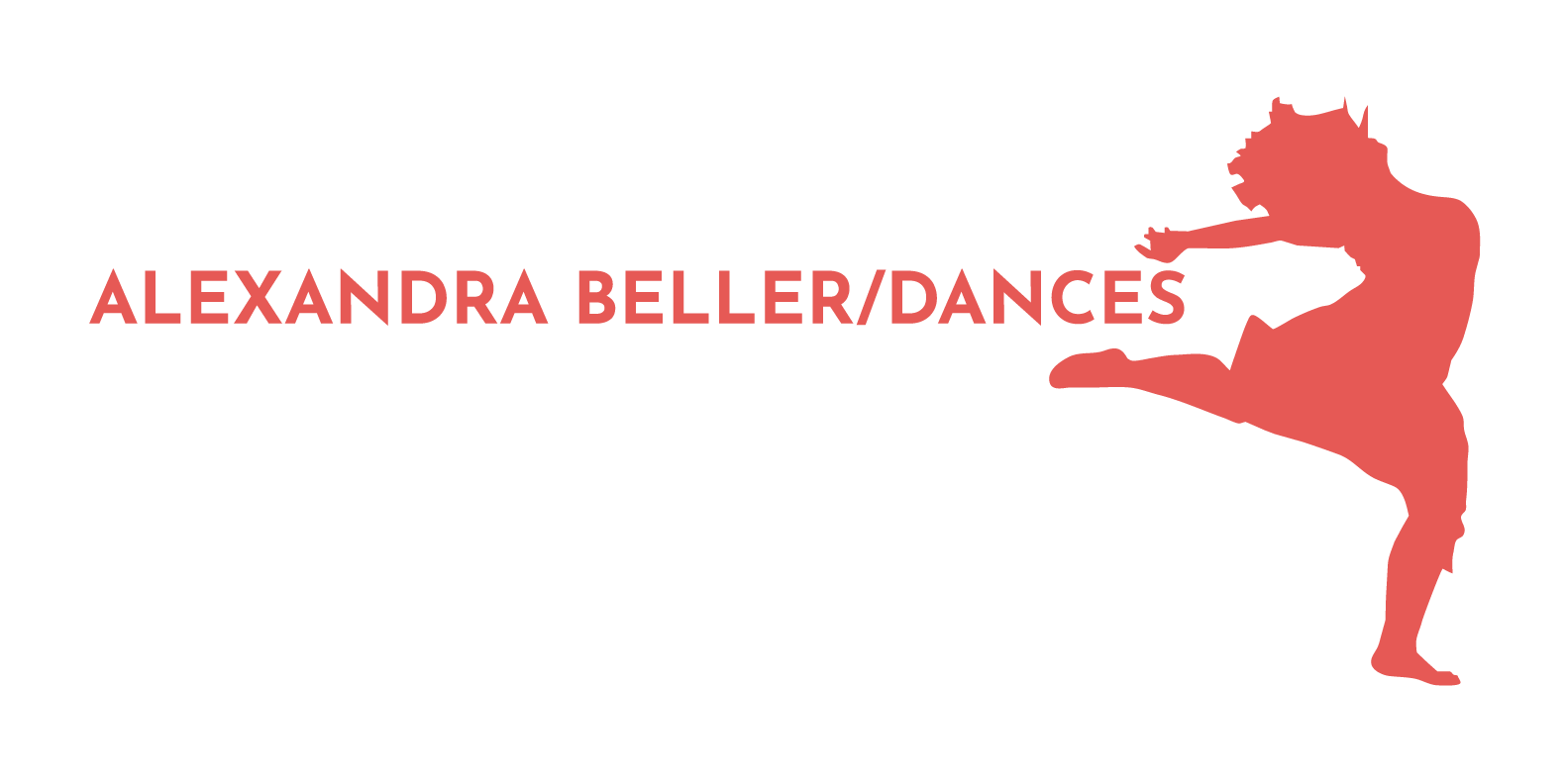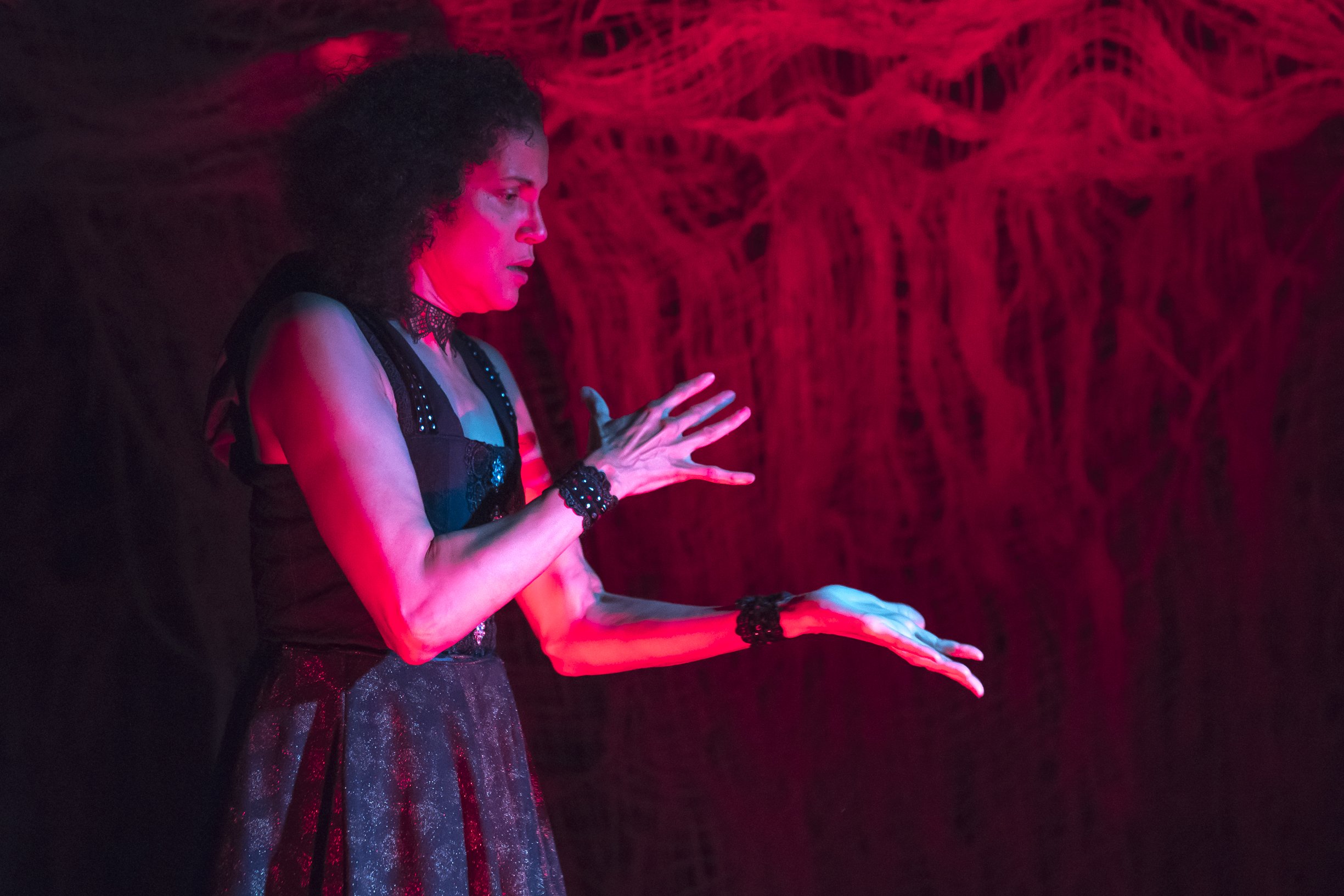This workshop has passed. Future dates released soon. Other resources you might be interested in:
Laban/Bartenieff Fundamental for Theatre Practitioners
Single day: $125
Entire Series: $400
Scroll down to pay for drop in options
Laban/Bartenieff Movement Analysis (LBMA) is a method and language for describing, visualizing, interpreting and documenting all varieties of human movement. It originated from the work of Rudolf Laban and developed and extended by Lisa Ullmann, Irmgard Bartenieff, Warren Lamb and many others. Also known as Laban/Bartenieff Movement Analysis, it uses a multidisciplinary approach, incorporating contributions from anatomy, kinesiology, psychology, Labanotation and many other fields. Learn more about LBMA HERE.
As a theatre practioner, this course will open up new possibilities to help you:
1) Find deeper authenticity in both movement and text.
2) Understand movement efficiency in radically new ways, through developmental movement and biomechanics.
3) Develop vocal dynamics that allow you full access to a much broader range of choices.
4) Break habits as a performer, creator, teacher, conductor, visual artist, and writer.
5) Have a road map to analyze movement, whether for performance, pedagogy, or human communication.
6) Create a safer, more inclusive space in every environment by removing the subjective language that often leaves people behind.
7) Reach an audience with immediacy by creating vivid, concise imagery saturated with meaning.
8) Understand yourself better, both in terms of intention and impact.
Individual drop in days:
Space (Where): Monday, February 19
The category of Space invites us to consider that where something happens creates meaning, requires adaptations, and is an act of expression. Being clearer about Space allows us to map ourselves in our environment with intentionality. Functionally, Space studies physics (leverage, support, stability/mobility, and biomechanics), architecture (angle, shape, proximity, line, and form), and nonverbal communication. Expressively, Space shades and colors all of our stories about one another.
In this Module, we will learn about:
Jungian States of Mind in Relation to Space: where we go creates meaning
Kinesphere: how much space we take up creates a story.
The Emotionality of Spatial Desire: why we move is visible
Creative Applications of Space: what kind of material can we create for our characters?
And Technically
Dimensions & the Dimensional scale
Planes and the Mathematics of Spacial pulls
Planes (cycling, vertices, diameters, crystalline forms)
Platonic solids (Tetrahedron, Octahedron, Icosehedron, Dodecahedron, Cube)
Diagonal Scale
Effort (How): Monday, February 26
Our dynamic choices, called Effort, affect both our functionality and expressivity. The attention we place on Time, Weight, Space, and Flow opens up a world of choice for us and allows the world to see us fully. We use our dynamics in both movement and text.
In this Module, we learn:
Effort Theory: how we use dynamics to share ourselves with the world
Motion Factors: how Weight, Space, Time, and Flow offer us unique ways to interact with our environment
Qualities: Light/Strong, Quick/Sustained, Direct/Indirect, and Free/Bound
States: Awake/Dream, Near/Remote, Stable/Mobile
Drives: Action, Passion, Vision, Spell
Diagonal Scale/the Dynamosphere
How to craft a character through a clear use of dynamic choices
Creative Applications of Effort in text and movement
Body (What): Monday, March 4
The category of BODY includes BARTENIEFF FUNDAMENTALS, asking how specific choices in body action and body part tell different stories, and noticing how we can re-pattern and re-organize ourselves towards efficiency, neutrality, ease, and grounding, which, in turn, affects our spiritual, emotional, and social life. This allows us to find strategies for moving with intention, clarity, and ease and helps us coach our own and others' movements with integrity.
We look at the building blocks of how we take action. We examine increasingly more complex movements and understand how to zoom in and out to find the initiation and sequencing that best serves us at any given moment
Basic Body Actions:
Flexion
Extension
Rotation
Locomotion
Folding
Unfolding
Spiral
Jumping
Change of Support
Balance
Falling
And we will play with Creative Applications of Body, or how we can make action choices to define a character, a relationship, or signal change in a characetr.
We will also work on the 8 Principles:
Breath Support
Core Support
Weight Shift
Effort Intent
Spatial Intent
Dynamic Alignment
Initiation and Sequencing
Rotary Factor
Shape (Why): Monday, March 11
Shape is the study of why we move and speak. We concentrate on breath, vocalization from the inner body, and finding three different approaches to why we initiate movement. We notice personal habits around why we move and speak and play with disrupting habits. We consider non-verbal communication and the big picture of how our why defines us to others.
We will consider:
Shape Flow Support: how an inner awareness can allow for outer action
Modes of Shape Change
Shape Flow: understanding ourselves
Directional Movement: knowing where we want to arrive
Carving Movement: exploring the balance of adapting in our body and voice to meet another character
Creative Applications of Shape:
Context
Subtext
Psychological Implications
Using Shape as an in-road to Empathy
Reading Non-verbal communication
Creating character and relationships between characters through intentional choices in Shape
FAQ
Q: Can I take this if I’m not a dancer, or have a physical limitation, or injury?
A: Absolutely. The point of this work is to understand what is in front of you, not aspire to an outside goal. Accommodations can be made throughout for any ability or physical consideration.
Q: What if I don't have time for the reading and outside work
A: This is an adult learning environment. I trust you to learn in the way that works best for you. If that means doing readings at a later date (they will remain yours forever), or never, that is absolutely fine. You are the expert on you and you will use this material in the way that suits you best. I have packed the course with more than any one person will likely want to do so that there is always something to get somebody excited. That person doesn’t always have to be YOU. Pick what delights, informs, challenges, and disrupts you in the best ways and let go of anything that you don’t relish.
Here’s what students have said about studying Laban/Bartenieff from Alexandra Beller:
”By bringing the language of Laban and the physical principles of Bartenieff Fundamentals into the rehearsal room, Alexandra cultivates a generous, collaborative, and artistically rigorous space. She empowers performer-collaborators to dive deeply into the physicality of their persona to make meaningful choices, regardless of their movement experience or the nature of the piece. Her use of Laban and Bartenieff brings an enhanced sense of clarity, accessibility and focus to the work, both physically and intellectually.”
Myah Shein, Choreographer and Director
“In Bartenieff Fundamentals, Alexandra creates a space for engaged exploration that is collaborative and filled with kindness. I always feel both seen and heard in her classes.”
Joe Bowie, Lecturer at Northwestern University and former member, Mark Morris Dance Company
“It is a refreshing (and mind blowing) experience to be guided by Alexandra in creating without judgement, but not without decision making. Her articulations around choice have helped me create with more ease, depth and joy, as well as both receive and give artistic feedback in a more generous and generative manner. Alexandra champions the work and prioritizes the artist. She values the artist’s perspective over her own and is incredibly skilled at navigating the delicate balance involved in one on one mentorship between providing support and sharing wisdom.”
Sophie Allen, Performer, Creator, Teacher
“The universe knew what I needed when it wove Alexandra into my world. An expert facilitator of embodied choice and a masterful guide towards deeper insight for the artist. Alexandra is the mentor I didn’t know I needed in my artistic physical practice, my choreographic process and my everyday life conundrums and unearthings. Utilizing critical thinking questions as a tool, Alexandra has held space for me to uncover my truth as an artist, and there is no greater gift. Generous in knowledge, gifted in speech and attune to the energy in the room, Alexandra is a light source for all those lucky enough to be in process with her. I am grateful to be one of those humans.”
Jenna Hanlon, Creator, Performer, and Educator
About the Instructor
Alexandra Beller is Artistic Director of Alexandra Beller/Dances, which is currently celebrating its fifteenth anniversary. As a member of the Bill T. Jones/Arnie Zane Dance Company from 1995-2001, she performed in over 50 countries and throughout the U.S. In 2004-05 she helped to create “The Belle Epoch,” (Martha Clarke and Charles Mee). She was a 2-year Artist in Residence at HERE, and has also been an AIR at Dance New Amsterdam and DMAC.
Alexandra’s choreography has been presented at and commissioned by Dance Theater Workshop, La MaMa, Institute for Contemporary Art (Boston), The Yard (Martha's Vineyard), 92nd St. Y, Aaron Davis Hall, Danspace Project at St. Mark's, Abron’s Art Center, Joyce SoHo, P.S. 122, WAX, HERE, The Connelly Theater, SUNY Purchase College, Dance New Amsterdam, Symphony Space, and Jacob’s Pillow and has been commissioned by companies in Arizona, Michigan, Texas, Korea, Hong Kong, Oslo, Cyprus, Maine, New York City, Florida, Boston, Rhode Island, New Jersey and elsewhere. Her company has toured to the Open Look Festival in St. Petersburg, Bytom Festival in Poland and throughout Michigan, Massachusetts and New York State, and received The Company Residency at The Yard in 2004 .
Alexandra co-created the Choreographic Investigation Course at Dance New Amsterdam, and curated the Modern Guest Artist Series at Dance New Amsterdam and the Contemporary Forms Series at Gibney Dance Center. She is on faculty at Gibney Dance Center, and Mark Morris Dance Center, and frequently teaches Technique, Composition, Improvisation and other classes through her Company, and at Universities throughout the United States.
She was a visiting artist at APA, CCDC, and DanceArt in Hong Kong, D-Dance Festival in Korea, Den Nordsk Balletthoskole in Oslo, Henny Jurriens Stichting in Amsterdam, and Cyprus Summer Festival in Nicosia. She was a guest choreographer at numerous Universities throughout the US including University of Michigan, Rhode Island College, Princeton, The University of South Florida, MIT, Texas Woman's University, Connecticut College, Texas Christian University, and Bates College, among others, and received an NCCI commission from Montclair State University in 2003/2004.
Film performance work includes “Romance and Cigarettes” by John Turturro. In 2000, she was also the subject of a series of photographs by Irving Penn, "Dancer,” which have toured internationally and are on permanent exhibition at Smithsonian Museum (DC) and Whitney Museum (NYC).
Beller frequently choreographs for Theatre productions including the critically acclaimed off-Broadway show "Bedlam's Sense and Sensibility," for which she was nominated for a Lortel Award for Outstanding Choreography, "Two Gentlemen of Verona" (Eric Tucker, director) for Hudson Valley Shakespeare Festival, "As You Like It" (GT Upchurch, director) for Hudson Valley Shakespeare Festival, "Chang (e)" (Suzi Takahashi, director) for HERE, "How to Transcend a Happy Marriage" (Rebecca Taichman, director), and movement coaching for Taylor Mac, Theatre Askew, Dael Orlandersmith, and others.







